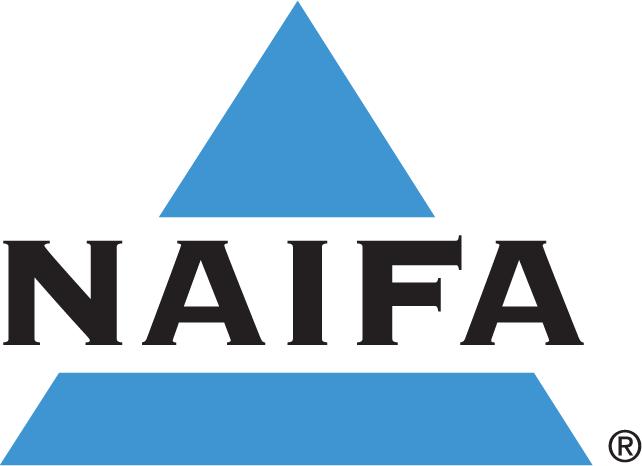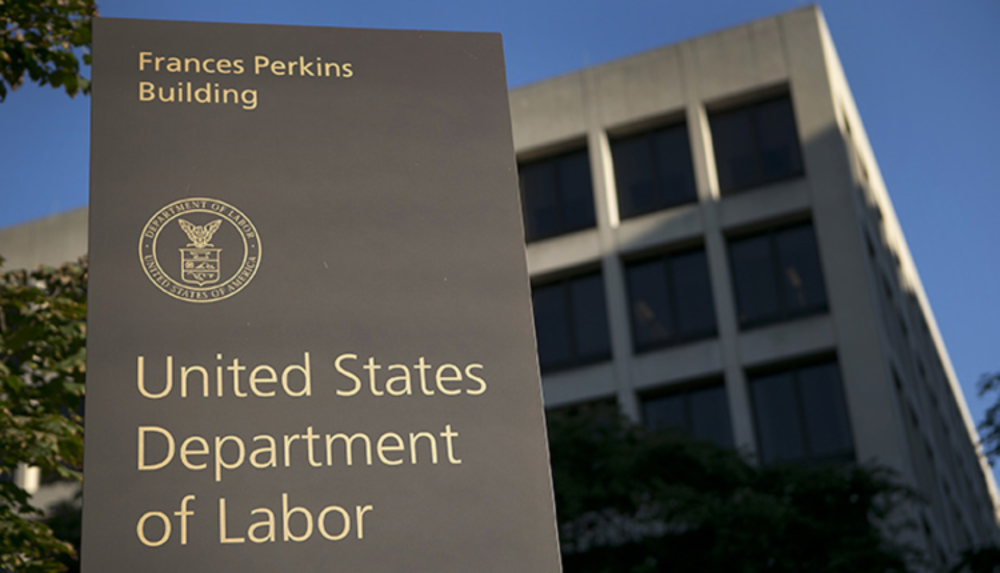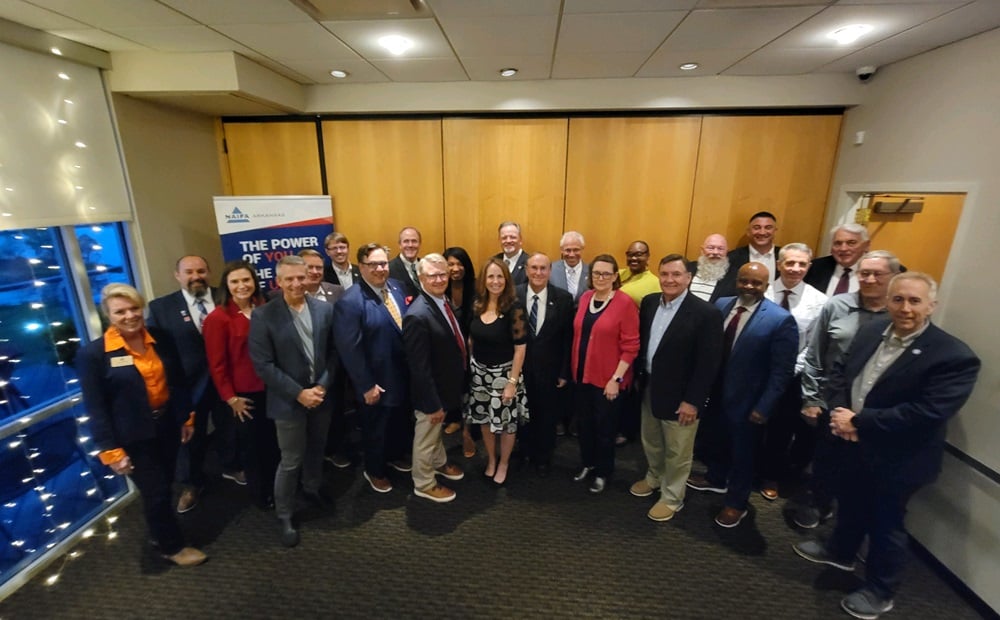The Department of Labor and the White House have released a final fiduciary-only rule after an astonishingly brief regulatory and review process and in spite of grave concerns expressed by NAIFA, members of Congress, and other stakeholders. Unless Congress or the courts intervene, the rule will force the vast majority of financial professionals offering retirement planning services and products into a fee-for-service model. It will deprive consumers of the valuable option of working with professionals operating under alternative models that may better meet their needs.
In reaction to the DOL’s action, NAIFA CEO Kevin Mayeux, CAE, offered the following statement:
“NAIFA is very disappointed but not surprised that the Department of Labor has hastily published its final rule that places harmful restrictions on American retirement savers. The fiduciary-only rule, if left in place, will curtail the ability of low- and middle-income consumers to get much-needed help with their retirement preparation. My latest testimony on the rule to the Office of Information and Regulatory Affairs resulted in no questions or comments from White House officials present. The abbreviated public comment period and lack of engagement were clear indications that the White House and DOL were merely going through the motions and had no intention of seriously considering our input.
"By moving forward with the Rule, the DOL is ignoring the real-world experience that NAIFA members saw first-hand before the 2016 Fiduciary Rule was vacated. NAIFA supports all business models skilled financial professionals use to serve their clients. A brokerage model with commissions works very well for many consumers while others are better served by fee-based models. The new DOL rule would restrict the ability of consumer to choose.
“NAIFA members serve Americans of all income levels in communities across the United States. They are politically engaged and possess an acute understanding of how regulations affect their clients’ financial security and ability to prepare for retirement. Over 90% of them told us that the DOL rule will significantly increase their costs and costs for their clients. Currently, 70% of NAIFA members require no minimum asset thresholds for their clients. With the DOL rule in place, only 28% say they will be able to continue serving clients without imposing minimums. It’s obvious that under the DOL scheme many families lacking large account balances will be left to fend for themselves in a very complicated and often confusing retirement-planning landscape.
“The worst part about the DOL’s hasty and harmful action is that it is completely unnecessary. NAIFA strongly supports the Securities and Exchange Commission’s Regulation Best Interest and laws and regulations, adopted by 45 states, based on the National Association of Insurance Commissioners’ model for annuity transactions. These measures are being aggressively enforced and provide a robust slate of consumer protections that require financial professionals to act in their clients’ best interests. Unlike the DOL rule, they also provide consumers the flexibility to choose the types of retirement-planning services that best meet their needs.
“The DOL has hastily published a final rule but Congress and the courts, as we saw firsthand in 2018, will have opportunities to correct the department’s error. This is not over. NAIFA, along with our coalition partners, will continue to advocate on behalf of effective and flexible retirement-planning options for the American public.”
A Lack of Consideration
The DOL rule is very similar to one struck down by a federal appeals court in 2018. NAIFA and other organizations have expressed frustration throughout the brief rulemaking process this time as DOL regulators and administration officials showed little interest in considering these groups’ well-supported concerns. Actions by the White House and DOL suggesting that they intended to finalize the rule without serious consideration of public input include:
- President Biden publicly supported finalizing the rule without changes prior to a public comment period.
- The DOL provided a comment period for the rule that was significantly shorter than the comment periods of similar proposed rules and DOL denied a request for an extended comment period. The DOL also ignored a request from eight Democratic members of the Senate to extend the comment period.
- The DOL finalized the rule in 66 days. This was the shortest rulemaking period, by far, in the past 15 years for a retirement rule that remains in effect. The next shortest period was 110 days.
- For the first time in recent memory, DOL scheduled its public hearing on the rule during the comment period, rather than allowing those testifying to consider other stakeholders' comments prior to their testimony.
- OIRA approved the final rule on April 10, just hours after meetings with NAIFA and two other groups expressing grave concerns with the rule and before scheduled meetings with several other stakeholders. OIRA met with other organizations opposed to the proposal very shortly before April 10.







